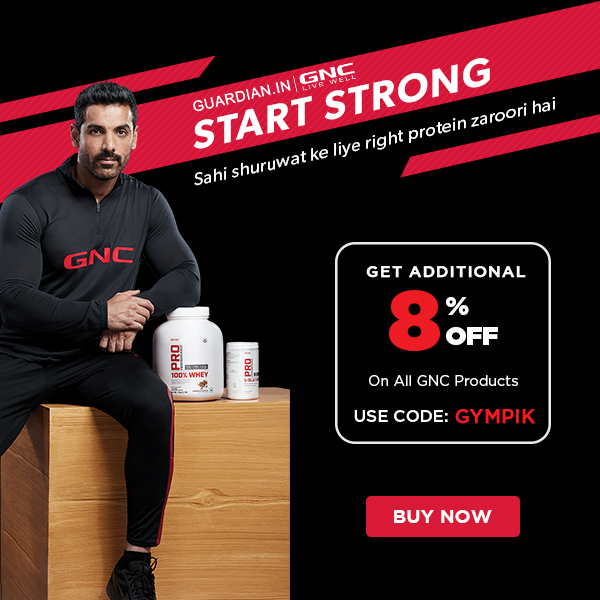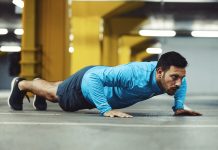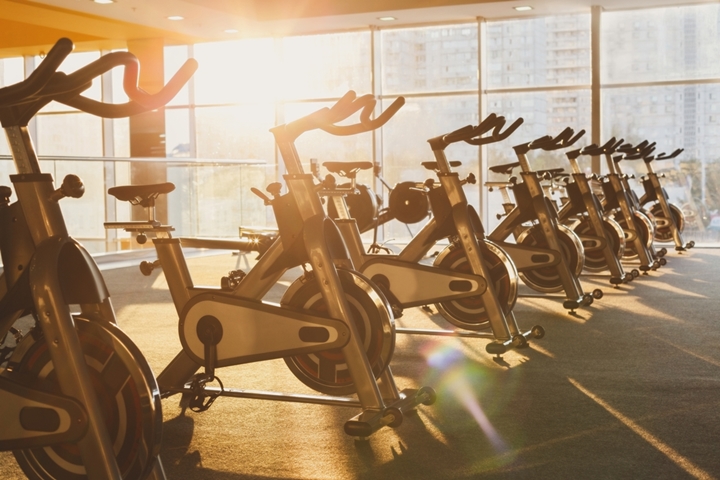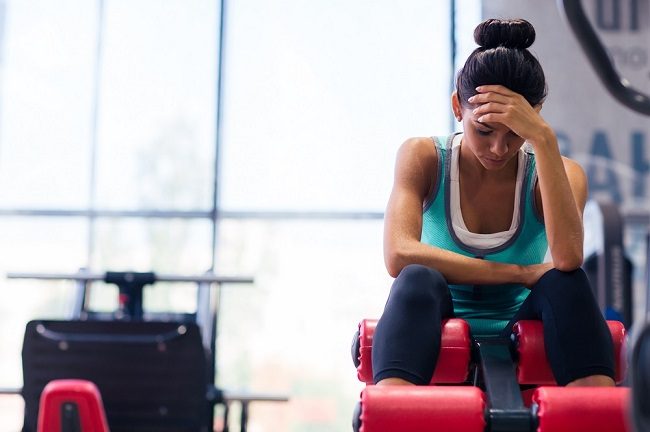 Newbie or oldie, we all hear contradicting fitness theories all the time; from friends to fellow gym goers, and the pros alike. So how do we separate the facts from the myths? There are just way too many of these myths, so the sensible thing to do here is to crack a few at a time – with the help of top personal trainer and strength coach, Eric Allen, let’s start with the most common and most outrageously believed.
Newbie or oldie, we all hear contradicting fitness theories all the time; from friends to fellow gym goers, and the pros alike. So how do we separate the facts from the myths? There are just way too many of these myths, so the sensible thing to do here is to crack a few at a time – with the help of top personal trainer and strength coach, Eric Allen, let’s start with the most common and most outrageously believed.
Cardio comes first
The moment we enter the gym, our feet automatically lead us to the treadmills first. It makes sense but not good sense. The most effective way to organise our workout is to do strength training first, followed by cardio. “Running or doing other cardio first will reduce glycogen levels, which can prevent you from training as hard as you need to,” Allen explains. “On the other hand, weight training first will increase levels of testosterone and cortisol, both of which are beneficial to your workout.”
Running for fat loss
“People are hung up on the idea of cardio,” Allen says. Yet when it comes to shedding inches, focused weight training is a more effective way to drop pounds than banking hours on the treadmill. “Interval and weight training is a better way to reduce fat,” he adds. Of course, an out-of-control diet will not help no matter the hours you spend at the gym.
Static stretching before workout
Contrary to popular belief, dynamic trumps static when it comes to stretching pre-workout. In fact, “static stretching done pre-workout can reduce performance and power,” Allen says. While static stretching should still be a part of our post-workout routine, dynamic stretching should be our focus at the start of a workout. A dynamic warm-up consists of exercise that mimic the movements we’re going to do while training and loosen our muscles and tendons, increase blood flow throughout the body, and activate the nervous system so we’re ready for action.
 Crunch your way to 6 packs
Crunch your way to 6 packs
We have all heard and read that crunches are enough to get us the abs we want but experts have an entirely different thing to say about this, and that is: great abs are achieved as a result of a combination of interval training, utilizing carbs effectively, getting adequate sleep, managing stress, and making the right workout choices. “If you look at big bodybuilders with block abs, they’re not getting those from crunches,” says Allen. “They’re getting them from squats, dead lifts, and chin-ups.”
Don’t squat past your toes
“The No. 1 fitness myth that I come across with my clients is that they shouldn’t squat below 90 degrees,” Allen confides. He has efficiently proven to his trainees that squatting with knees over toes is a healthy, biomechanically safe move to do. In fact, all of us do it every day. “Squatting knees over the toes, butt to the floor, hamstrings covering calves, chest up is the most effective way to squat,” he assures. “Look at someone picking up something they’ve dropped off the ground – it’s a natural movement.”
Electrolytes after every workout
 We ought to stop believing those commercials saying that water isn’t enough to get us through workouts, because it is. Electrolyte-pumped sports drinks are only necessary for intense workout sessions at the gym or cardio workouts that last for an hour or more. They contain extra sugar that can impede the fat-burning process and so should be reserved only for those times when they’re truly necessary.
We ought to stop believing those commercials saying that water isn’t enough to get us through workouts, because it is. Electrolyte-pumped sports drinks are only necessary for intense workout sessions at the gym or cardio workouts that last for an hour or more. They contain extra sugar that can impede the fat-burning process and so should be reserved only for those times when they’re truly necessary.
If you’re not sweating, you’re not doing it right
Allen explains that it all actually depends on the focus of our workout – strength or endurance. “An Olympic lifter training for pure strength will incorporate several minutes of recovery between lifts in order to let his nervous system recover for peak performance.” He may not be sweating but that doesn’t mean he isn’t working hard.


 Traqade
Traqade































